By Ayla Majid
Self-sufficiency, indigenization and affordability are vital drivers when it comes to meeting the Global South’s energy needs.
With technology prices plummeting and sustainable capital becoming available, the time is ripe for countries in the Global South to seize their moment in the race to sustainability, with South-South investment and partnership emerging as the key catalysts that could fundamentally transform the economic landscape of developing nations.
While many Western economies may find themselves with a legacy of fossil fuel dependency and legacy infrastructure, Global South countries stand at the crossroads of huge investment opportunity. These nations, unburdened by decades of entrenched oil and gas infrastructure, are positioned to leapfrog directly into the clean energy future.
Global energy demand set to soar
The numbers tell a compelling story. The International Energy Agency projects that energy demand in 2035 is expected to be 6% higher than the forecast of 2023. A huge part of demand is coming from the Global South: about 85% of additional electricity demand in coming years will come from outside advanced economies – hence major investments opportunities.
South-East Asia alone could attract over $1.5 trillion in clean energy investments by 2030. India, for example, has set an ambitious target of 500 GW of renewable energy capacity by 2030, while Bangladesh’s recent success in achieving universal electricity access demonstrates the region’s capability for rapid infrastructure transformation.
These real targets and tangible economic opportunities showcase that the way energy will be produced and consumed across the globe will witness a significant change.
In Africa, countries like Rwanda are exemplifying this transformative potential. Rwanda has committed to displacing greenhouse gas emissions from fossil fuel power generation and expanding energy access to underserved areas. The nation aims to add more than 150MW of hydro capacity and install 68 MWp of solar mini-grids in rural regions by 2030.
In doing so, Rwanda is ensuring that no region is left behind in its electrification efforts, with plans to connect 52% of households to the grid and 48% to off-grid solutions. This proactive approach not only enhances energy access but also attracts private sector investments in clean energy technologies, positioning Rwanda as a leader in Africa’s renewable energy systems transformation.
In Latin America, Brazil stands out as a prime example of renewable energy transformation with immense potential. The country, already a global leader in biofuels, has been making significant strides in wind and solar energy.
By 2030, Brazil aims to achieve a renewable energy mix that exceeds 80% of its total energy capacity, capitalizing on its abundant natural resources. The Sertão region, for instance, has become a hub for wind energy projects, with consistent investments driving the installation of large-scale wind farms.
These efforts not only contribute to the global energy transition, but also create economic opportunities for local communities, reducing inequality and fostering sustainable development across underserved areas.
Opportunity to attract capital for clean energy
The Global South’s vast potential for clean energy deployment, coupled with its rapidly growing consumer markets, presents an unprecedented opportunity to attract international capital – but only if governments move decisively to create the right conditions.
Bold policy frameworks and strategic incentives for businesses and investors in clean energy sectors aren’t just nice-to-haves; they’re imperative for turning this potential into reality.
As highlighted by the The Global Cooperation Barometer 2025, published by the World Economic Forum, while there may be tensions in many areas of politics, there is positive momentum in areas of innovation and technology and developing countries will continue to attract clean energy investments.
Renewable energy demand in India, Bangladesh, Pakistan, Central Asia and the Gulf region is shaped by diverse economic, environmental and policy factors. As indicated by its 500 GW by 2030 target, India is a leader in renewable energy – a move driven by urbanization and energy security.
Bangladesh focuses on solar energy and aims for 40% of its electricity from renewables by 2041, addressing rural energy access, while Pakistan plans to increase its renewable share to 60% by 2030, motivated by energy sector challenges and demand for affordable energy.
Though often not considered a part of the Global South, Central Asian countries like Kazakhstan are exploring wind and hydro power, with varying targets for renewable integration.
Meanwhile, the Gulf region is investing heavily in solar energy, with Saudi Arabia and the United Arab Emirates aiming for significant portions of their energy mix to come from renewables by 2030 and 2050, respectively – largely to diversify their energy sources and support sustainability goals.
These ambitious renewable energy targets are quite real and promising. The real game-changer, however, lies in regional cooperation and cross border power trade. Countries in the Global South today know that bringing energy reliability and optimization requires a new paradigm of collaboration which includes interconnected renewable energy grids.
The ASEAN power grid, the Central Asia Power Systems, the Gulf Cooperation interconnection and the proposed Bangladesh, Bhutan, India and Nepal (BBIN) electricity grid interconnection project exemplify this huge potential.
This cross-border electricity trade framework reduces costs and improves grid stability for all participating nations. This regional approach could finally break down the barriers that have historically limited less developed nations’ economic integration and pave the way for a more prosperous, sustainable future. With technology, and smart and intelligent planning tools, maximum benefits can be reaped.
However, these efforts should not occur in isolation; they must be part of a broader international initiative aimed at creating a sustainable and equitable global energy landscape.
Global South must collaborate on clean energy
We have already seen some encouraging developments this year: Abu Dhabi Sustainability Week in January saw industry and world leaders come together to explore enhanced partnerships and collaboration among nations in the Global South.
Important gatherings such as these are essential in shaping the international conversation, as could be seen in the optimism and action-oriented outcomes of the recent World Economic Forum Annual Meeting 2025 in Davos.
By providing platforms for dialogue and knowledge sharing, these events enable countries in the Global South to align their sustainability strategies and mobilize resources effectively.
Engaging in international discussions on the importance of driving global sustainability and renewable energy is crucial for fostering cooperation, which is essential for addressing shared challenges and leveraging collective strengths.
The window of opportunity is open, but it won’t remain so indefinitely. As competition for clean energy investment intensifies, countries in the Global South must act decisively to secure their position at the forefront of the sustainable energy systems transformation.
By fostering South-South collaboration, scaling innovation and ensuring inclusive policies, the Global South can harness its immense potential – not only to address environmental challenges but to spur equitable economic growth that benefits millions.
These efforts are more than just regional opportunities; they represent a cornerstone of the global push towards sustainability. With these collaborative efforts under way, the foundations are laid – now it’s time to build.

*Ayla Majid is the Founder & CEO at Planetive Middle East and Planetive Pakistan. She is a leading energy transition strategist, decarbonisation investor and M&A expert with emerging market focus. Ayla has over two decades of investments and financial advisory experience across sectors including: large infrastructure, energy transition, and digital innovation.
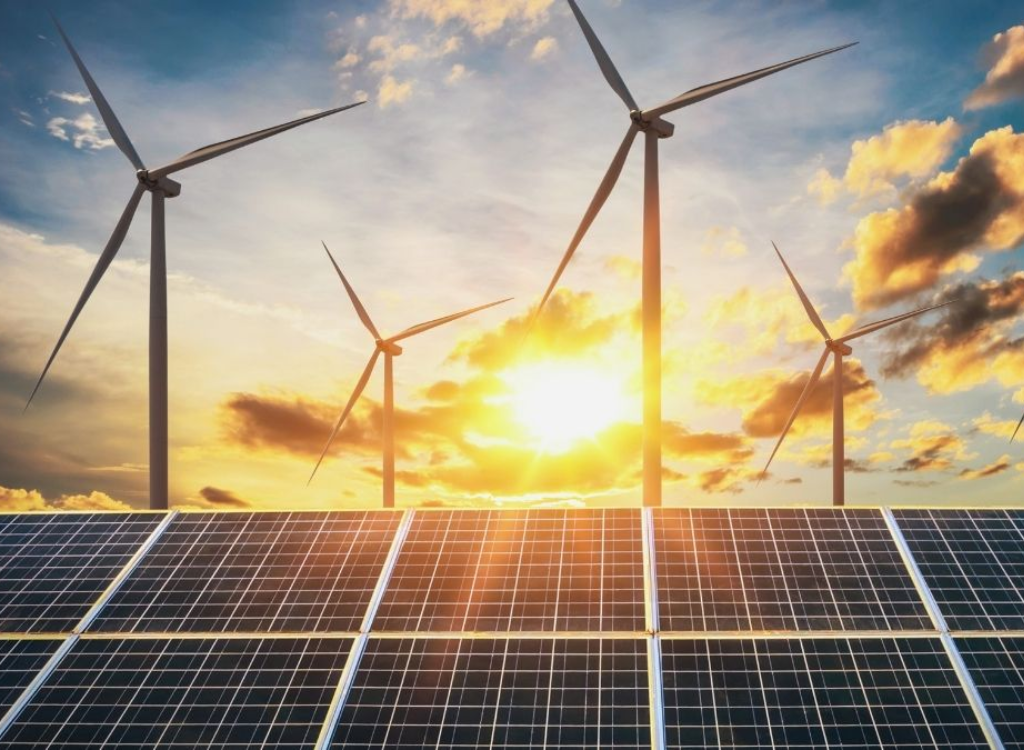


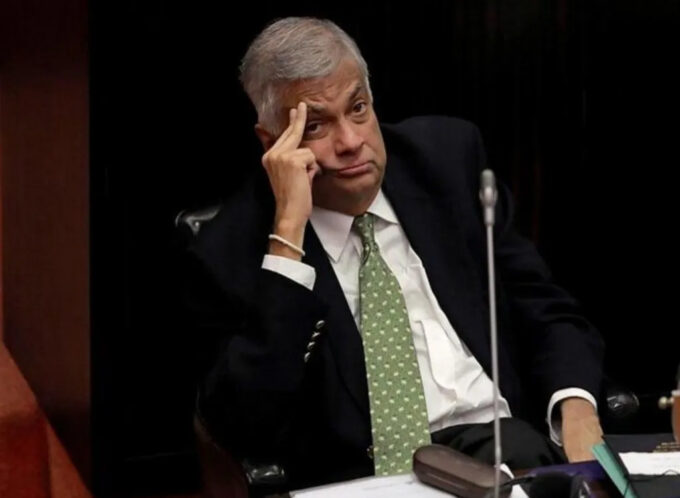

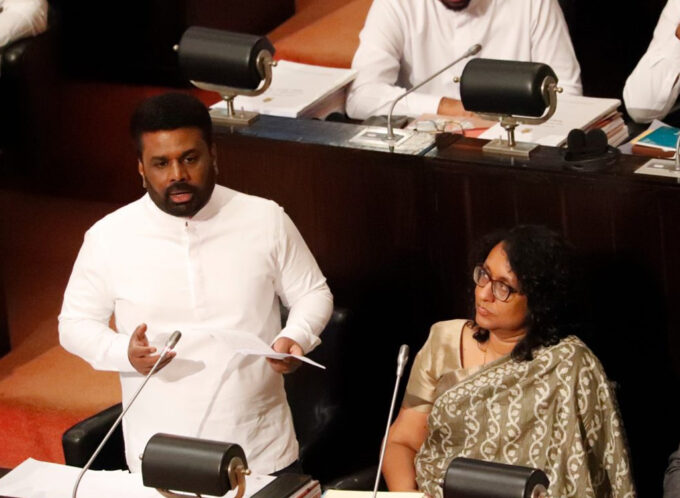
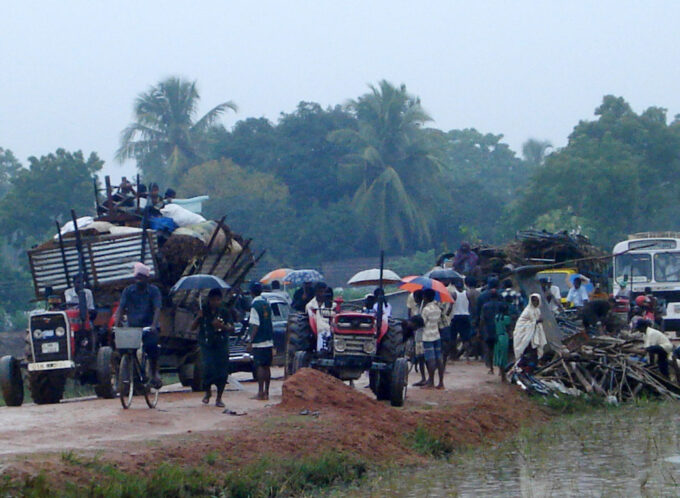


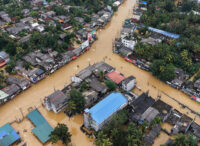

Leave a comment